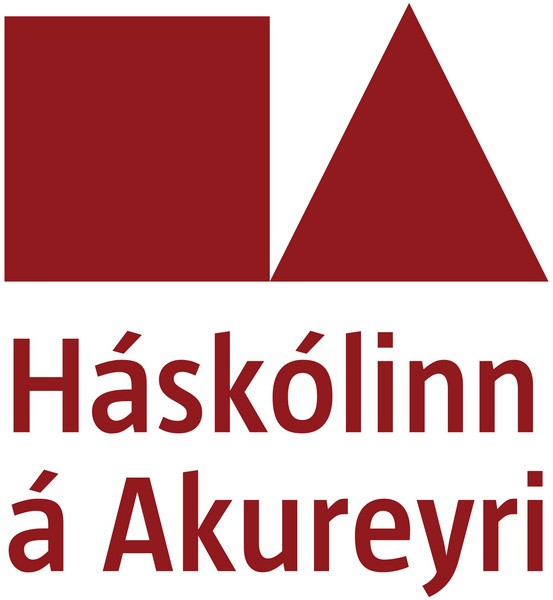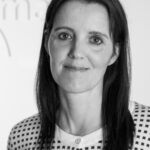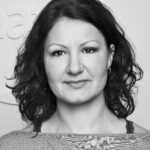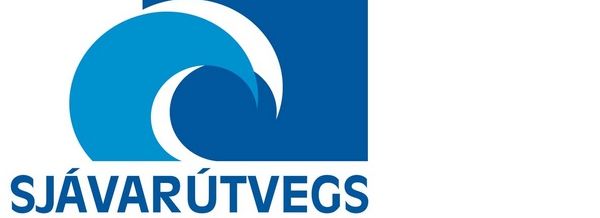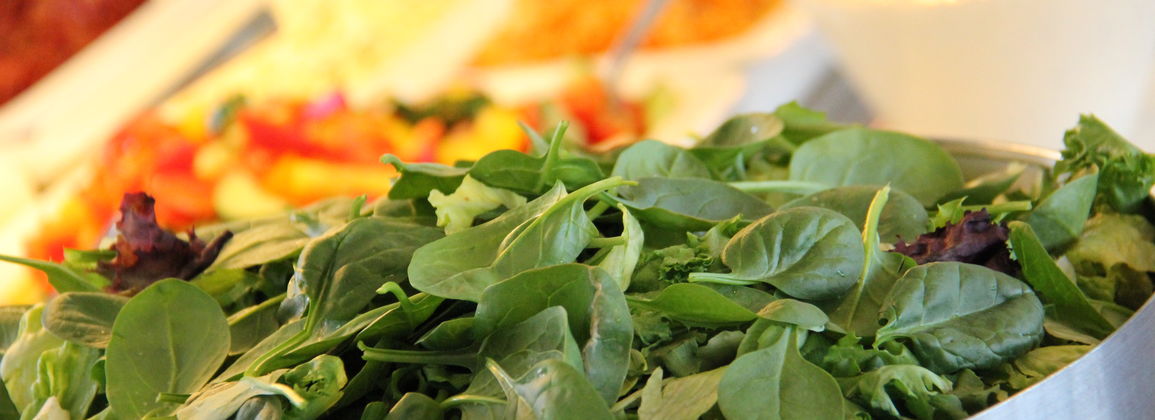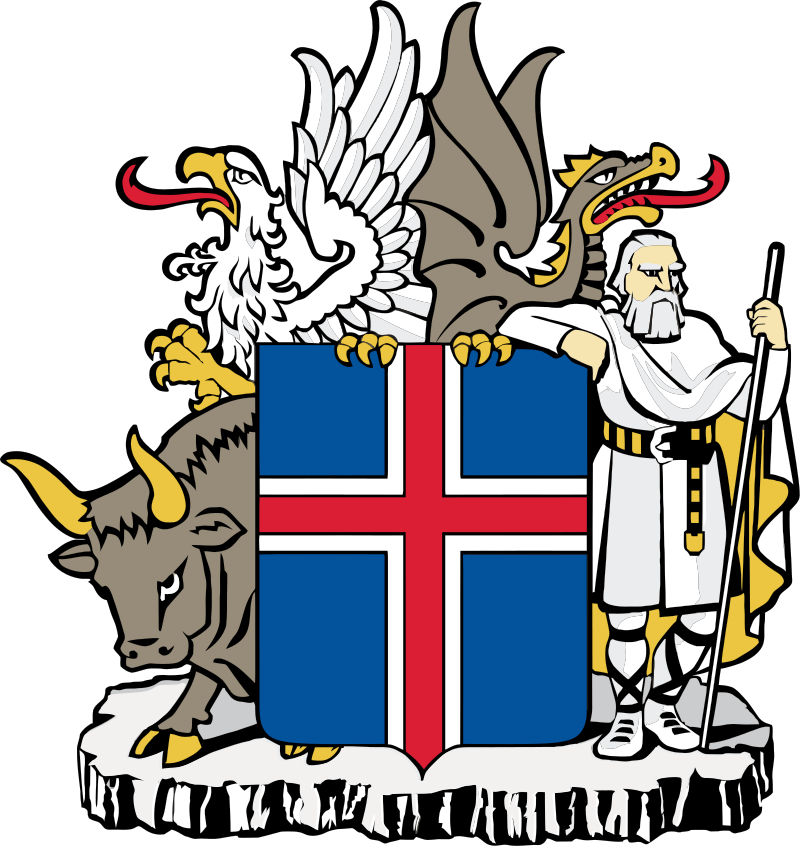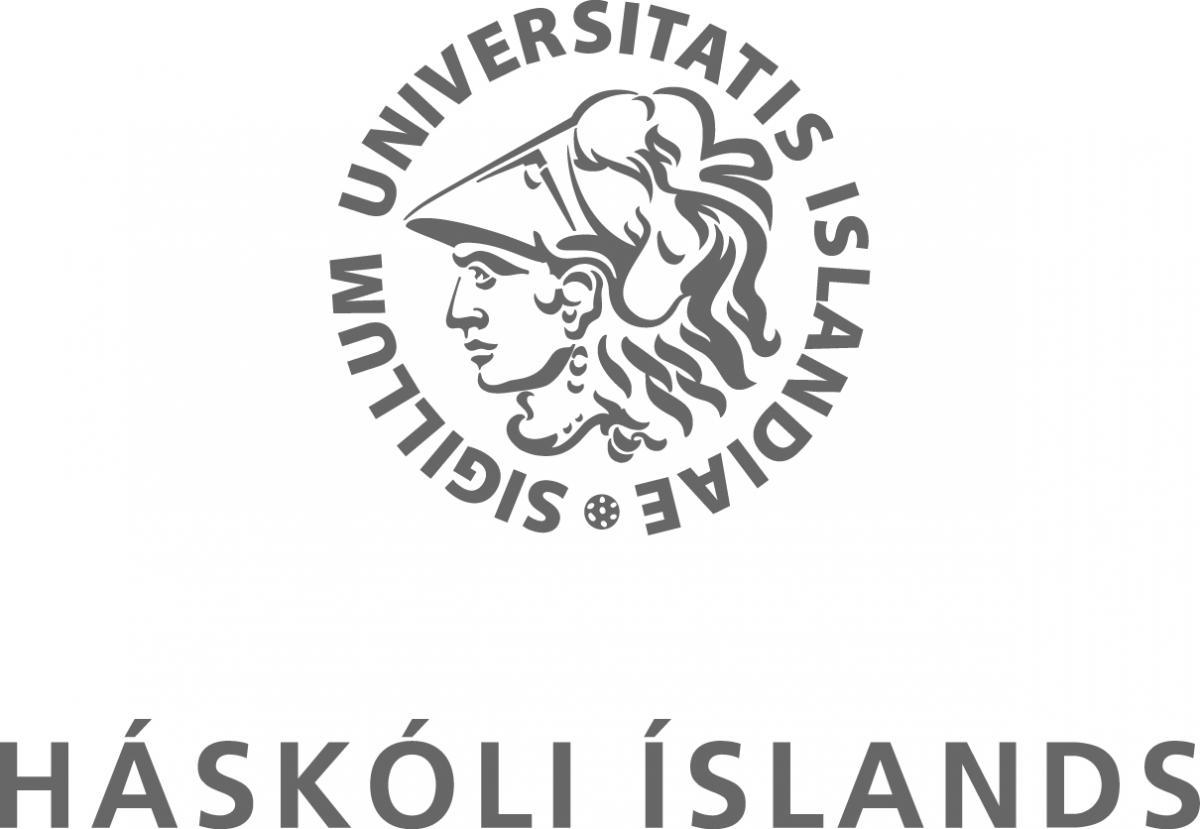The twentieth national tournament will take place in Reykjavík this time. Matís presents its activities at the tournament, but the company works with horse and dog owners, for example with parental analyzes of dogs and horses through genetic research.
Matís welcomes guests and pedestrians to the company's booth during the national tournament.
About Matís' parent diagnoses
The projects include genetic analysis of useful and wild strains and data processing, as well as sequencing of the genetic material of organisms and the search for new genetic boundaries and the development of genetic kits.
DNA analysis is used, among other things, in aquaculture to select fish for breeding. This can speed up breeding and increase the conservation of genetic variation. In wild strains, genetic analysis is used to study strains and strain units. These include salmon, cod, lobster, herring, sandeel, ling, etc. species. Genetic analysis can be used in traceability research and species analysis, whether it is eggs, juveniles, fillets from a counter or canned food.
Genetic analysis has been used in human genetics in recent decades, but this technology is now increasingly used in zoology and is especially important in research on wild marine stocks. It is also an important goal to develop phenotypic genetic markers, but good genetic markers are the basis for successful research of this kind.
Matís is the only company in Iceland that has systematically built up genetic analysis of animals.
More here.
About the national tournament (of www.landsmot.is)
The history of the Landsmót dates back to 1950 when the first Landsmót was held at Þingvellir. 133 horses, breeding horses, gæðingar and racing horses were shown there. At that time, there was only competition in one category of gæðingar, which was a category of universal gæðingar, as well as racing and breeding shows.
After that, Landsmót was held every four years, until at the annual meeting of Landssamband Hestamannafélagi 1995 it was agreed to hold Landsmót every two years. The first tournament held according to those rules, i.e. Every two years, Landsmót was held in Reykjavík in 2000.
The tournaments have grown enormously in scope, especially in terms of the competition part and the number of horses. It is interesting, however, that at the first Landsmót for horsemen at Þingvellir in 1950, about 10,000 guests attended the tournament. A attendance record was set at Gaddstaðaflatur in 2008, where nearly 14,000 guests, riders, employees and volunteers gathered.
Landsmót hestamanna has been the largest sporting event in the country since the beginning, as Landssamband hestamannafélagi is the third largest special association within ÍSÍ, with over 11,000 members.

